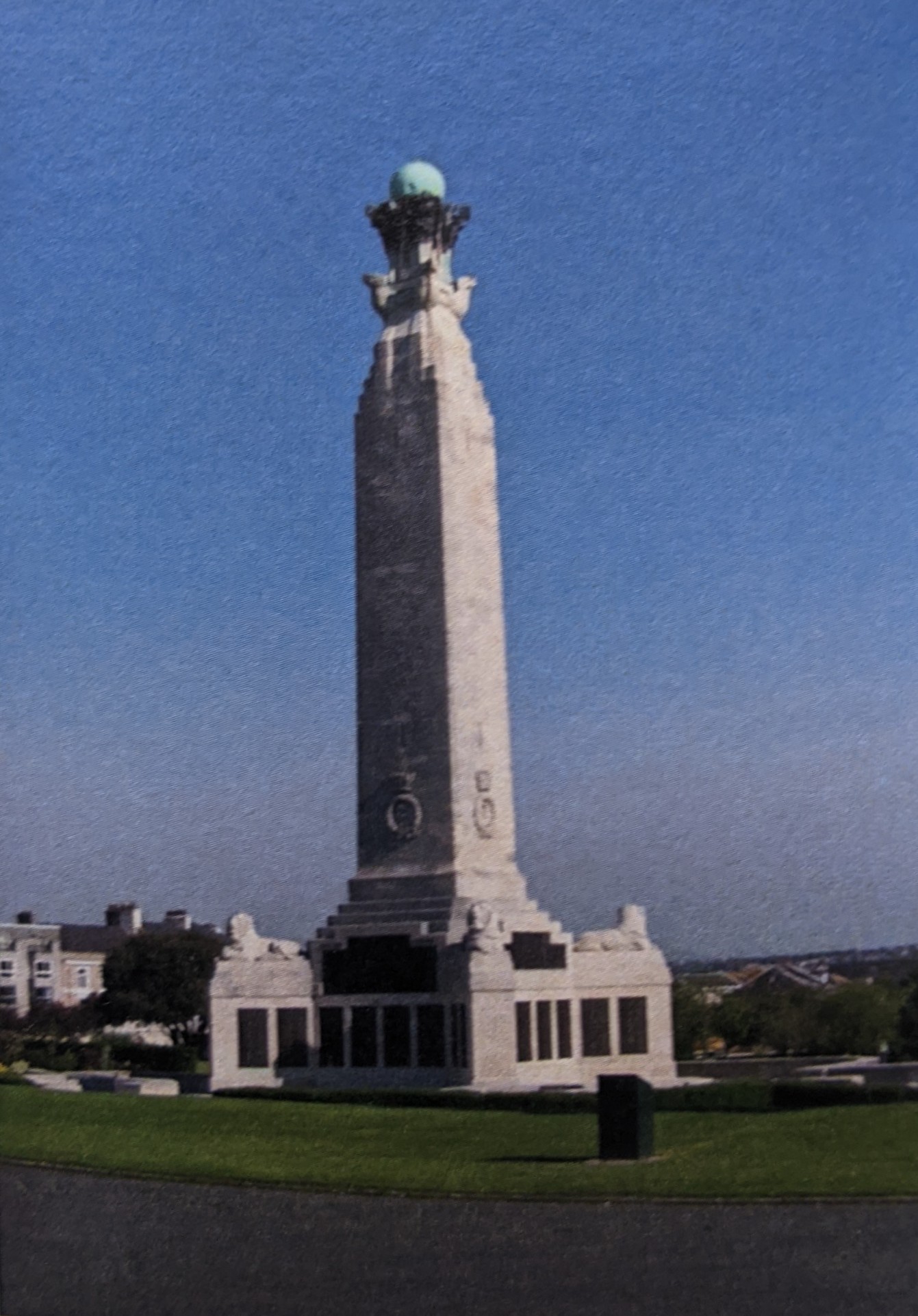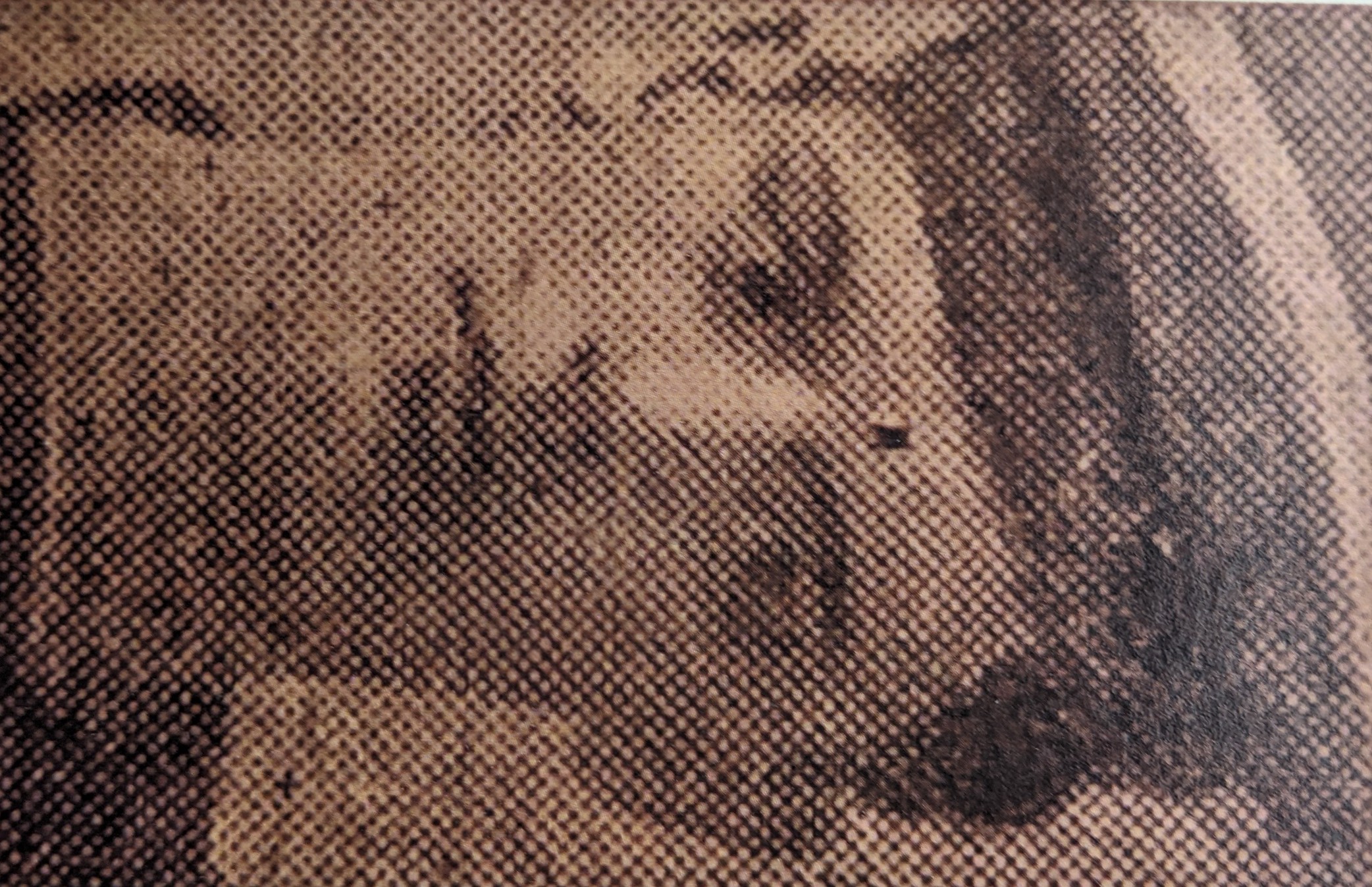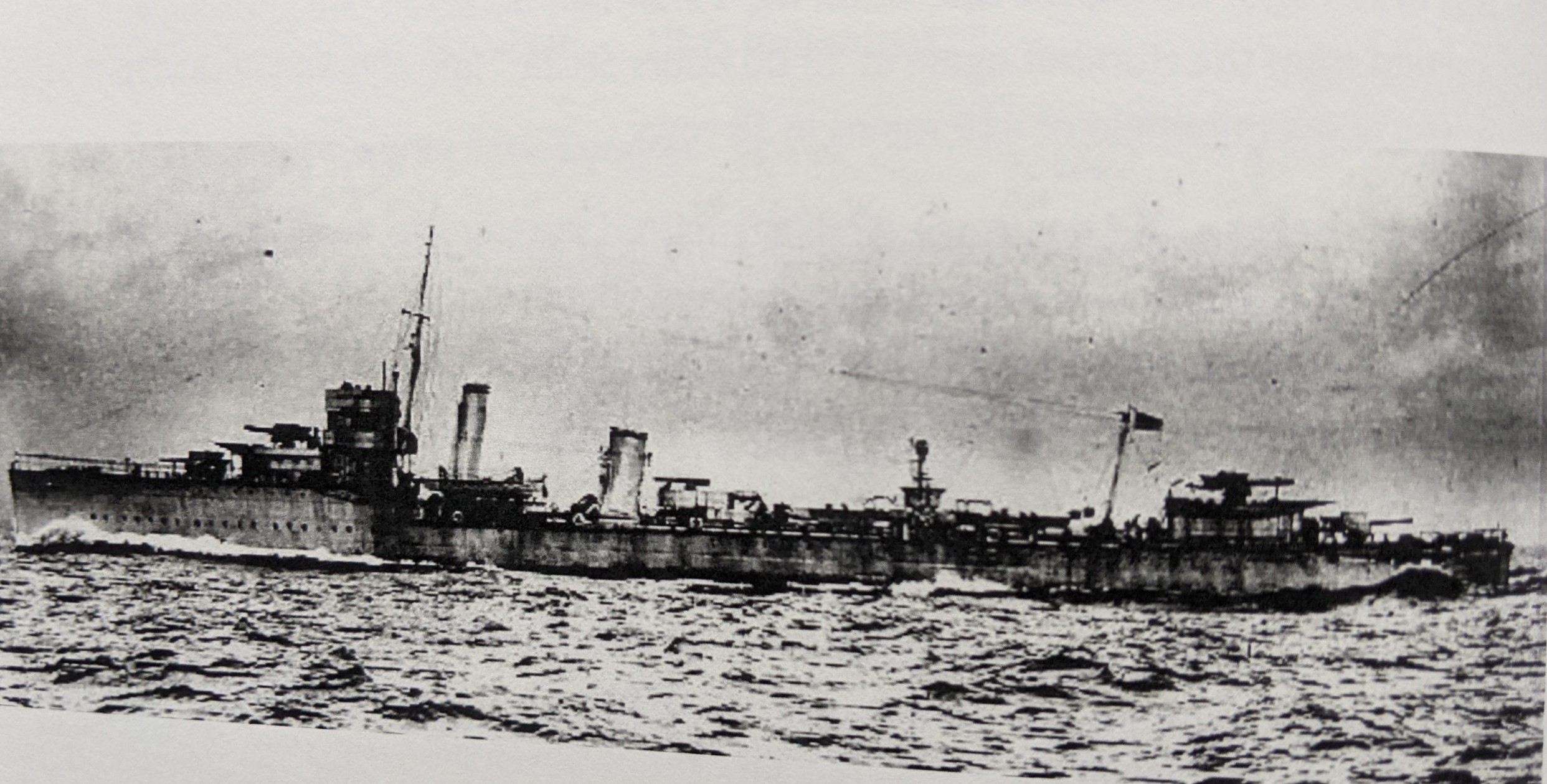

Albert (Bert) William Frederick Annis
Able Seaman. No S5/7020. Royal Navy. HMS Vehement.
Born: 21st July 1897. Regents Park, London.
Son of Albert F. E. Annis of Finchley London, a Metropolitan Police Officer.
Address: 5 Victoria Terrace Golcar.
Occupation: Piecer at John Lockwood & Sons, Milnsbridge.
Enlisted: 1916.
Drowned at Sea; 1st August 1918. Aged 21.
Commemorated on the Plymouth Naval Memorial. Ref 27.
From the Age of 13 Albert lived with Mrs. John Sykes in Golcar. He attended St. John's Church and Sunday School, and was a member of Golcar Conservative Club. His name is on the Roll of Honour in Golcar Church.
The Vehement had a compliment of 110 crew and was a V-class Destroyer fitted to carry 60 naval mines. Speed 34 knots. Built in Dunbarton and launched on 6th July 1917 and assigned to the 20th Destroyer Flotilla in February 1918.
In 1918 the 20th Destroyer Flotilla was engaged in a major British effort to lay mines in the North Sea close to the Heligoland Bight, the passage used by German ships and submarines.
On 31st May 1918 she sailed with the flotilla from Immingham to lay mines in the Dogger Bank area. On the night of 4-5th June they again deployed from the Humber estuary to mine the same area, bringing the total number of mines laid in the two expeditions to 330.
The next sortie on 21 June from Immingham ended almost as soon as it began when her propellers suffered damage after striking a cable as she was leaving harbour, forcing her to remain in port for repairs. She was back in time to join her flotilla laying a North Sea minefield on 27th June. On the night of 5-6th July and again on the night of 8-9th July she joined the flotilla in laying a field of 384 mines in rows of 18 in the North Sea.
On the night of 13-14th July 1918 Vehement and destroyers HMS Telemachus, HMS Vanquisher and HMS Venturous laid a field of 224 mines in the North Sea. On the night of 17th - 18th July the Flotilla laid another North Sea minefield of 424 mines with cover from the 7th Cruiser Squadron.
The next operation was on 24th July 1918 involving the entire flotilla laying 496 mines in the North Sea in 22 rows; during the operation the Vehement detected two periscopes. The flotilla sortied from the Humber again at 13.00 hours on 28th July and during the night of 28-29th July and laid a minefield of 416 mines in 18 rows.
On 1st August 1918 the 20th destroyer Flotilla departed the Humber to lay a minefield in the North Sea at the seaward end of the German-swept channels, through the German minefield in the Heligoland Bight. At 23.47 hours the force was within 20 nautical miles (37km) of the area it was to mine when Vehement struck a mine. Its explosion caused the forward ammunition magazine to detonate, blowing off the entire forward section of the ship forward of the funnel, killing one officer and 47 ratings, including Albert Annis.
On the same night, as the force manoeuvred to clear the German minefield it had entered, the destroyer HMS Ariel also struck a mine at 00.10 hours on 2nd August and, in a repeat of what happened to the Vehement, suffered a magazine detonation that blew off the entire section of the ship forward of the whaleboat's davit. Ariel sank at about 01.00 hours, with the loss of 4 officers and 45 ratings, but the Vehement remained afloat, and her crew had put out all of her fires by about an hour after she struck the mine.
She was taken in tow by the destroyer HMS Abdiel in the hope of saving her, but at 04.00 hours on 2nd August Vehement's stern rose into the air, making further towing impossible. Vehement's surviving crew opened all of her hull valves to speed her sinking, and abandoned ship. Telemachus then sank Vehement with gunfire.



HMS Vehement